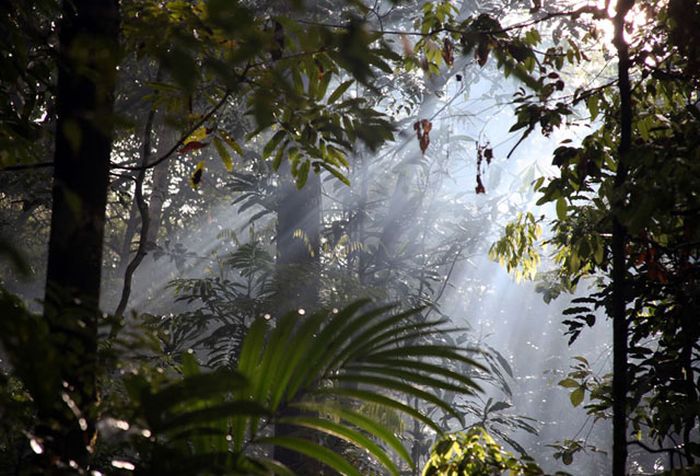|
|
Amazon Rainforest Jungle, South America
|
For a long time, it was thought that the Amazon rainforest was sparsely populated, as it was impossible to sustain a large population through agriculture given the poor soil. Archeologist Betty Meggers was a prominent proponent of this idea, as described in her book Amazonia: Man and Culture in a Counterfeit Paradise. She claimed that a population density of 0.2 inhabitants per square kilometre (0.52 /sq mi) is the maximum that can be sustained in the rain forest through hunting, with agriculture needed to host a larger population. However, recent anthropological findings have suggested that the region was actually densely populated. Some 5 million people may have lived in the Amazon region in AD 1500, divided between dense coastal settlements, such as that at Marajó, and inland dwellers. By 1900 the population had fallen to 1 million and by the early 1980s it was less than 200,000.
The first European to travel the length of the Amazon River was Francisco de Orellana in 1542. The BBC's Unnatural Histories presents evidence that Orellana, rather than exaggerating his claims as previously thought, was correct in his observations that a complex civilization was flourishing along the Amazon in the 1540s. It is believed that the civilization was later devastated by the spread of diseases from Europe, such as smallpox.
Since the 1970s, numerous geoglyphs have been discovered on deforested land dating between AD 0–1250, furthering claims about Pre-Columbian civilizations. Alceu Ranzi, a Brazilian geographer, is accredited with first discovering the geoglyphs whilst flying over Acre. The BBC's Unnatural Histories presented evidence that the Amazon rainforest, rather than being a pristine wilderness, has been shaped by man for at least 11,000 years through practices such as forest gardening and terra preta.
Terra preta (black earth), which is distributed over large areas in the Amazon forest, is now widely accepted as a product of indigenous soil management. The development of this fertile soil allowed agriculture and silviculture in the previously hostile environment; meaning that large portions of the Amazon rainforest are probably the result of centuries of human management, rather than naturally occurring as has previously been supposed. In the region of the Xingu tribe, remains of some of these large settlements in the middle of the Amazon forest were found in 2003 by Michael Heckenberger and colleagues of the University of Florida. Among those were evidence of roads, bridges and large plazas.
|
|









